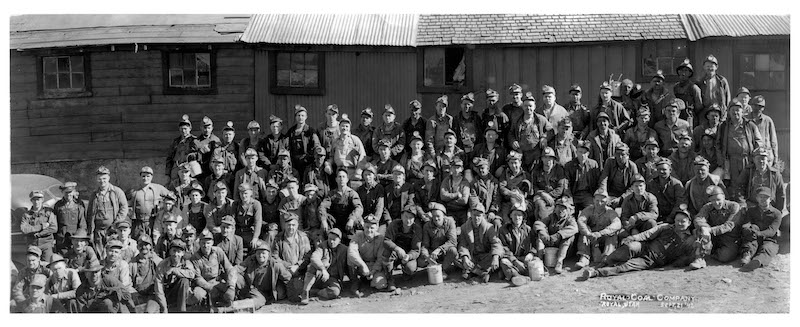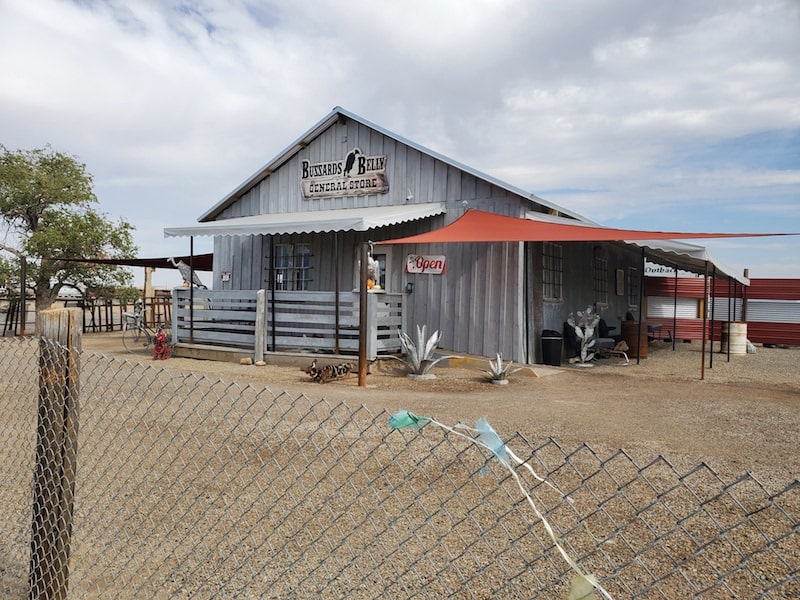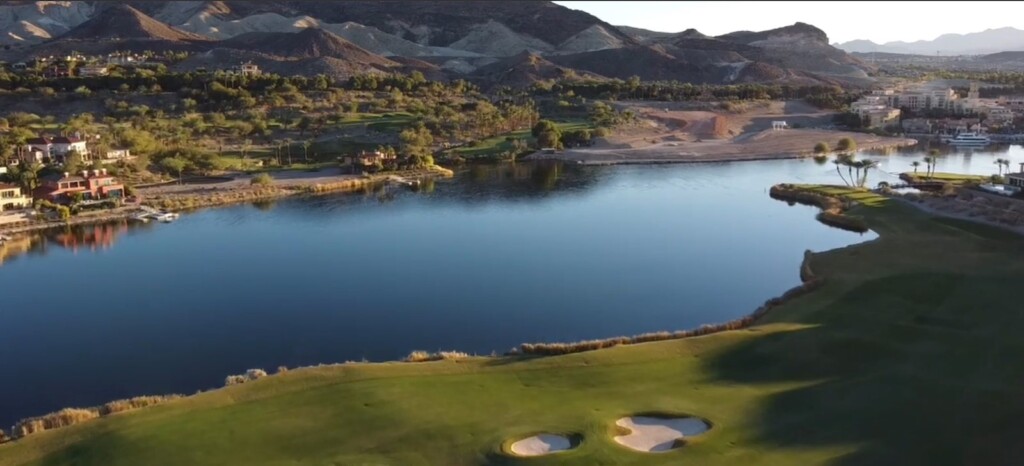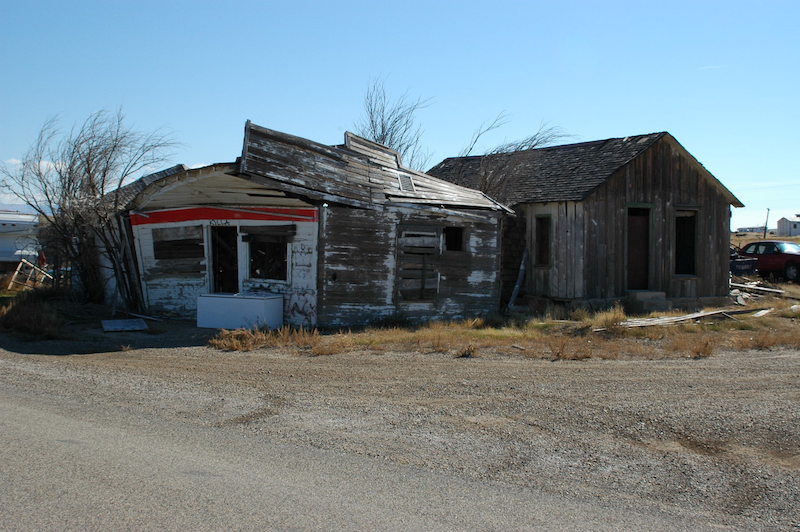
In the frontier days of the American West, industries rose and fell in arcs spanning just a few decades, sometimes launching communities that endured, and sometimes sprouting small towns and settlements that faded quickly away, leaving only scattered remnants. Many lonely corners of Utah harbor sites of these former communities. Royal and Cisco are two such decrepit and forgotten towns.
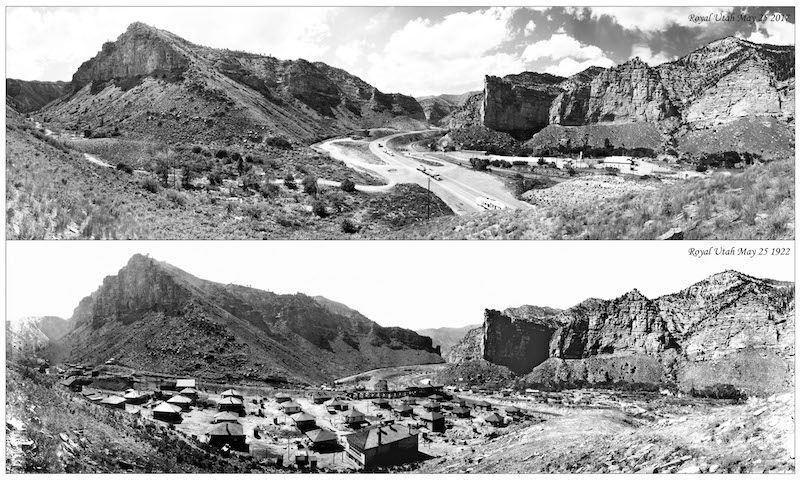
Royal
In the 1880s, the Denver & Rio Grande Western Railroad company was expanding its lines through southeastern Utah and discovered rich, valuable coal deposits along the way. Coal was a primary source of energy, and extracting and transporting it served as the economic backbone of many small towns in Carbon and Emery Counties.
One such coal mining town, named for its location in Bear Canyon, just north of present-day Helper, bustled with activity in the early 20th Century. Trains came and went, moving coal and mine tailings. Dozens of homes sprouted between the canyon slopes, and the town carried on as various mining companies bought claims to the area and renamed the settlement Cameron, then Rolapp, and finally Royal, the name by which it is remembered.
Scott Wheeler, a present-day resident of Carbon County, remembers that railroad and mining companies recruited laborers from Europe and Asia to boost production — and the workers often suffered oppressive conditions.
Wheeler’s mother, Phyllis Keele Wheeler, moved from Royal to Price when she was in fourth grade, and Scott Wheeler has photographs of his mother’s second grade class; a group of over 20 students taught in Royal, and also a 1942 shot of his grandfather with a group of more than 100 miners wearing their work clothes and smeared with dirt, posing in Royal. In the decade following that photograph, coal went into decline and people moved away from Royal.
Wheeler makes a hobby of creating historical “double” photographs. He seeks out old photos of interesting local subjects, finds the vantage from which they were taken, and recreates the shot in the present-day. One of these “doubles” shows a view of his mother’s childhood hometown, one taken in 1922 and the other in 2017. The distinct cliffs and peaks are nearly identical, but in one photo they frame rows of rooftops, and in the other a lonely dirt road winding through trees and shrubs along the deserted canyon bottom. Wheeler plans to make a 100-year double using the same photograph next year.
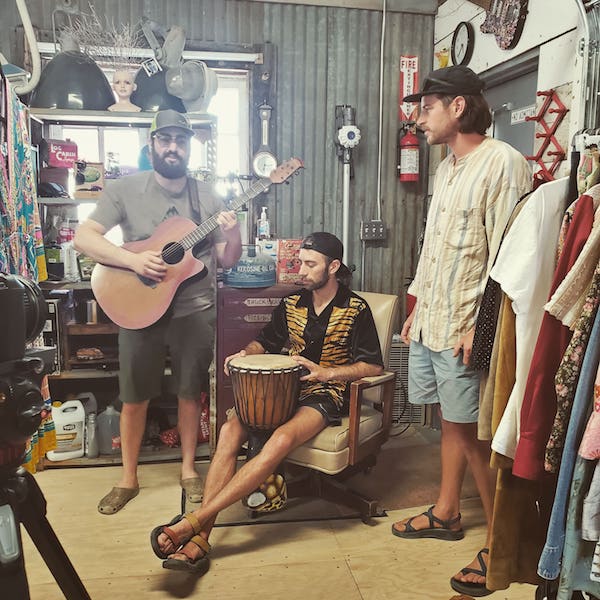
Cisco
Many of the structures that made up the town of Cisco, Utah have not disappeared, though most are in deep disrepair. The town, located northeast of Moab on the Colorado River, was once a crucial watering stop for the Denver & Rio Grande Western Railroad. The train stop seeded further industry and population: stores, hotels, and restaurants developed to accommodate workers and travelers, and later, ranchers and sheepherders used Cisco as a supply source and to transport their products.
Later, vanadium, uranium, oil and gas deposits were discovered near Cisco and contributed to the economy there. However, with the decline of steam engines, the town became less important as a rail stop. In the 1970s, the new Interstate 70, allowing east-west transit, completely bypassed the town of Cisco, and the population eventually dwindled to zero.
Scenic Highway 128 passes through Cisco, and the abandoned town has been a curiosity to motor-tourists and river-runners who use a put-in near Cisco to access the popular Westwater Canyon stretch of the Colorado River.
In recent years, the town’s allure has attracted some new official occupants. Eileen Muza purchased property in Cisco and took up residence there, and started an artist-in-residence program called Home of the Brave.
In 2019, Jean and Alan Murawski opened up the Buzzard’s Belly General Store, a unique shop in a historic building which they restored, that sells not only food, drink, and sundries, but also an eclectic selection of years’ worth of thrift, antique, and yard sale finds of Jean’s.
Opening a vintage store had been a dream of Jean’s for years, and the couple was proud to open the remodeled building and pleased to see steady business — before the coronavirus forced months of closure. Cisco may have felt more like a ghost town during that time, but the Murawskis are back open again and doing business.
“We hung in there,” said Jean. “We’re open now!”
Subscribe to Utah Stories weekly newsletter and get our stories directly to your inbox


